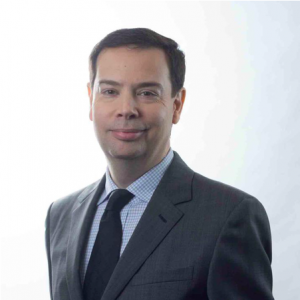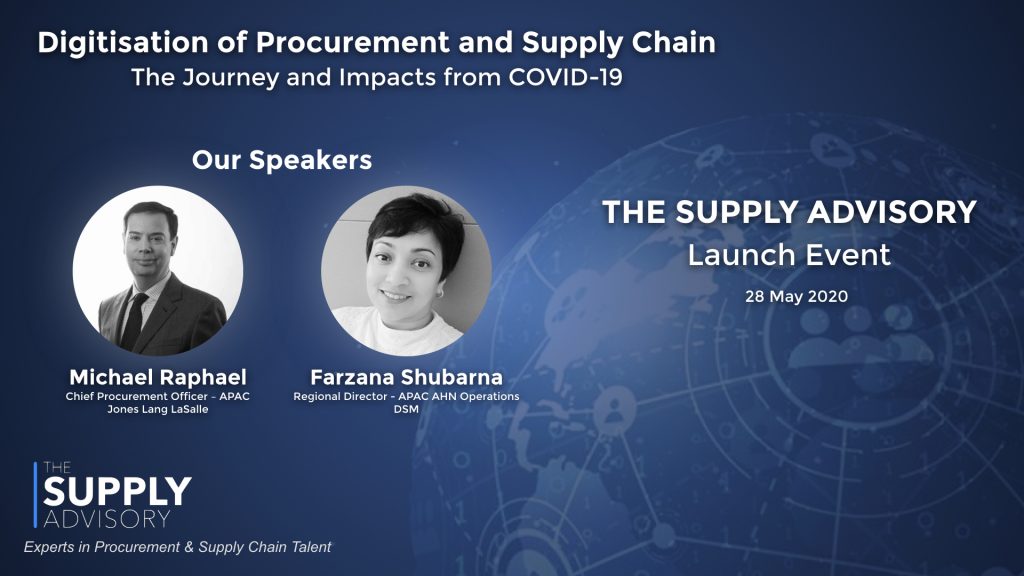
28th May 2020 marked the official launch of The Supply Advisory!
To celebrate this milestone, The Supply Advisory hosted an Exclusive Event attended by close to 100 Supply Chain and Procurement Leaders from across the globe.
Michael Raphael, CPO of Jones Lang LaSalle and Farzana Shubarna, Regional Director of DSM were the esteemed Speakers who discussed on the topic “Digitisation of Procurement and Supply Chain and the Journey and Impacts from COVID-19.”
Speakers in-focus
Michael has 30 years of experience in the procurement industry with roles in Australia, Hong Kong and Singapore.
For the last 10 years, he has run the procurement function for JLL managing in excess of $7 billion in spend on behalf of the firm and its clients. With a team of almost 200 people across the region plus the creation of three greenfield procurement functions, Michael brings significant experience to the discussion on digitization.
Farzana is a global supply chain and procurement leader currently responsible for end to end Operation for DSM APAC Animal Nutrition cluster.
In her current role, she is leading the Procurement, Supply Chain, Manufacturing and Capital Investment management teams to support a 750M USD business, across 23 countries including Japan, Korea, ASEAN, SAARC, Oceania sub-regions. She is an industry agnostic Operations Executive who has worked in across 4 industries, 3 business operating models successfully to lead technical and organizational transformation in the Americas, in Asia and Australia. Farzana’s global professional journey includes senior leadership roles in AB-InBev, L’Oreal USA, International Flavours and Fragrance.
The Flow of the Conference
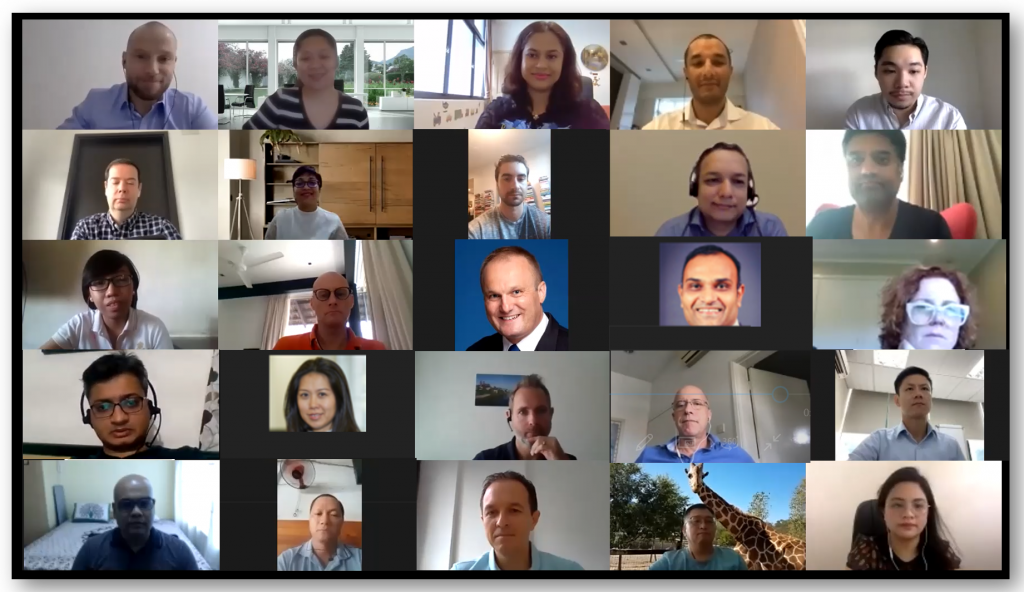
The 1-hour Zoom conference featured the introduction to The Supply Advisory and the Speakers, and knowledge sharing on the topic. The following were explored during the video conference.
- Michael and Farzana’s Procurement and Supply Chain digitisation journey over the last couple of years.
- The main areas of focus of the digitisation process in DSM and Jones Lang LaSalle.
- How their digitisation programs measured up in response to the COVID-19 pandemic.
Additionally, in between the Conversation with the Experts, The Supply Advisory team posted a live poll that allowed the audience to share their thoughts on the following questions:
- Have you taken steps to fully empower your employees to be productive in the environment post digitisation?
- What have been your main digitisation goals and programs?
- How important is digitisation in your recovery journey from the COVID-19 impacts?
Besides the poll, the floor was opened to the audience for Q&A with the speakers.
Here is the full video of The Supply Advisory launch:
Our Guests
The Supply Advisory’s Exclusive Event was attended by close to 100 Supply Chain and Procurement Leaders from various industries across the globe.
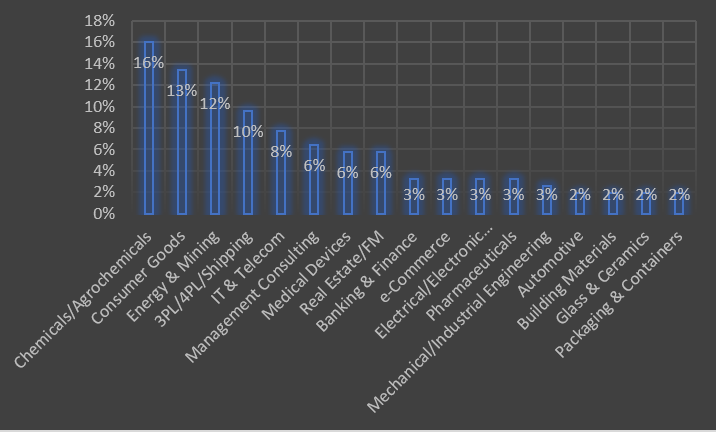
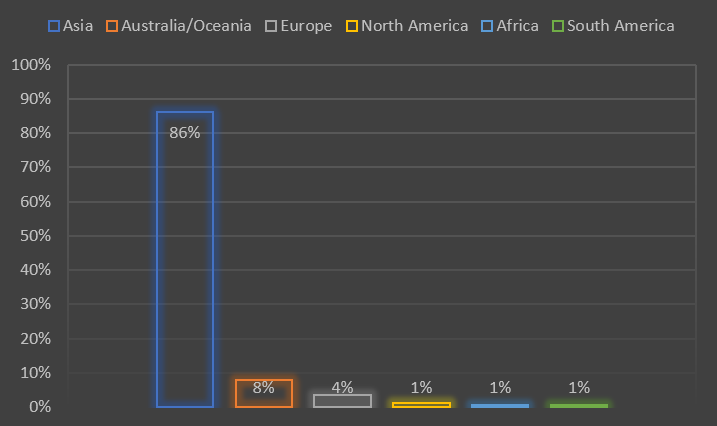
Highlights of the Event

Q&A #1: Explain your Procurement and Supply Chain digitisation journey over the last couple of years.
Farzana:
DSM uses digitisation of the supply chain to enable their journey of business transformation. They focused on two areas:
- The innovation of processes and tools
- Having a digital-ready workforce and workplace
Farzana emphasized the need for a digital-ready workforce and ecosystem to maximize the benefits of the processes and tools used. She also said that at DSM, whatever technology they use, they make sure that it helps them provide the best service to their customers.
She added that it is crucial to utilise a holistic overview and data-driven approach when choosing tools and innovations in transforming a business.
For companies to fully take advantage of new tools and processes, Farzana emphasized digitisation work by having both digital savvy and digital ready professionals. Also, she highlighted how important it is to integrate talent with traditional supply chain knowledge to those who have technological expertise.
Michael:
At Jones Lang LaSalle, about 97 to 98 per cent of their procurement spend is client-based and that is for facilities management outsourcing. They negotiated and renewed about 25,000 to 30,000 a year just in this region. Thus, the journey of digitisation was essential to their operations. JLL started in this journey 8 or 9 years ago with Ariba; and they have migrated to another tool called BravoSolution which was rebranded to Jaggaer.
All of the components of their procurement program were put into a digital platform; their sourcing plans, certificates of insurance, contracts and RFx events sit in one ecosystem. Their journey of digitisation had quickly shed light on what worked for their company. It has also allowed JLL’s team to effectively identify the nuances that came with operating in over 16 countries in the APAC.
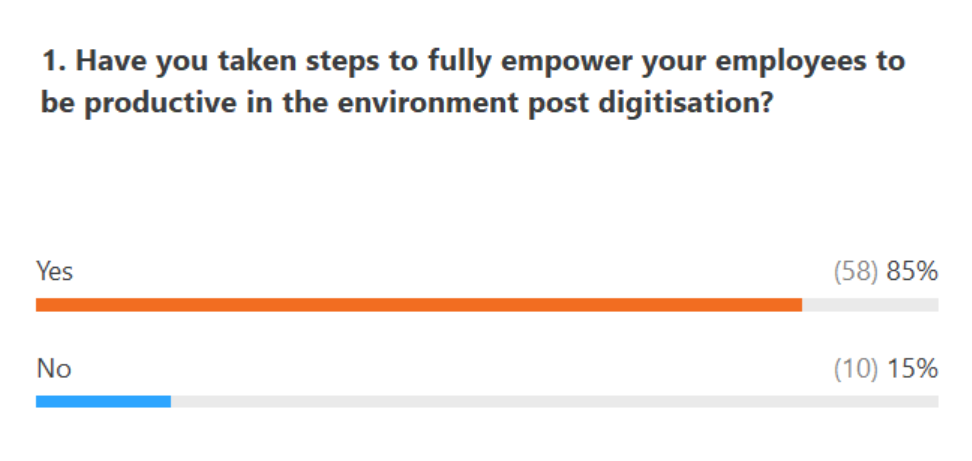
Q&A #2: When you set out on this program, what were the main areas that you were expecting to be impacted?

Farzana:
For DSM, their main areas of focus were:
- Customer service – She elaborated on the importance of creating an integrated system from supplier to the customer with increased visibility so that they could control the process and ensure satisfaction.
- Internal collaboration – At DSM they made sure to expedite learning and improve processes to guarantee the increase in revenue and positive customer experience.
Michael:
In Jones Lang LaSalle in APAC, they focused on the following:
- Understanding the obligations and delivering what clients asked for.
- Giving the team the tools needed for the work and making sure that everyone had a clear grasp of the tasks they needed to do in a year.
- Doing the right things in an ethical manner.
- Dealing with the difficulties in finding talent in some parts of the world.
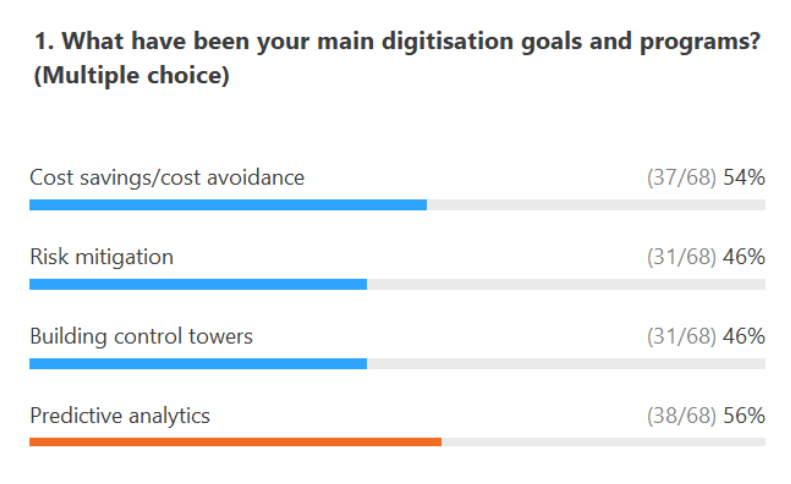
Q&A #3: Once Covid-19 hit, how has your program measured up in these areas?

Farzana:
COVID-19 had accelerated the digitisation process for DSM. Farzana explained that while their digitisation process was already in place, the pandemic had made them realise that it was not working fast enough. In effect, they had to tweak several components of the process to adapt to the new normal.
The pandemic had also encouraged their company to expand their relationship with their secondary and tertiary supplier and consumers. Additionally, the events had pushed them to improve how they communicated with each other.
They also coped with the amount of work that needed to be done. She said that DSM had kept their staff in the loop with online training and tutorials.
Michael:
For JLL, the COVID-19 pandemic hit them by early January. It had forced them to make use of old-school procurement methods to source surgical masks. They had 40,000 staff in the APAC region looking for masks from different countries including Mexico, Amsterdam and South Africa within a period of 2 to 3 weeks.
By the end of February, the global chain started getting together to respond to the threat. The digital systems they had started working on before the pandemic hit became more and more useful for the operations.
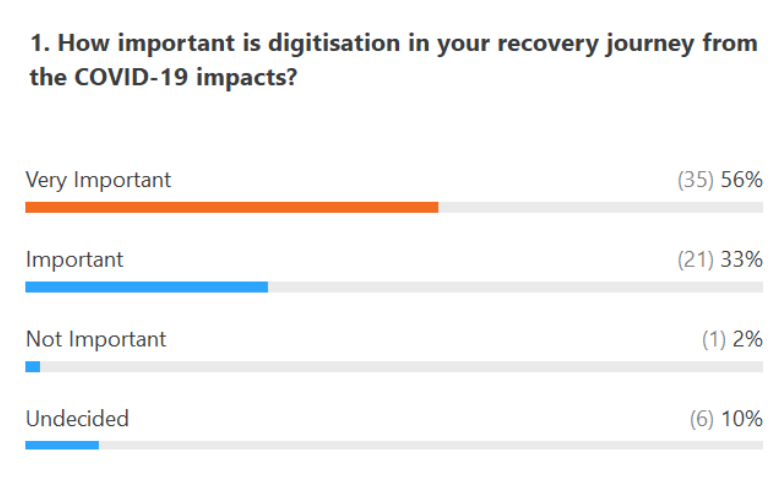
Questions from the Audience

1. How do you see sourcing from China and is it moving to other countries?
Michael explained that it was impossible to get things out from China early on. However, he noted that the Chinese government expedited anything that had to do with medical. He further extended that the same trend was observed for export. But Michael emphasized that today, there is a lack of cargo space caused by the large volume of products being transported and the lack of commercial flights.
Farzana, on one hand, described that while DSM is maintaining their relationship with China, they have started creating a secondary procurement channel supplier-base in close proximity to the customers.
2. What would be the key factors post-COVID that expedite digitisation focus of companies and for it to gain more traction?
Michael: Acceptance of remote working
Farzana: Customers perception of the digital innovative solutions
3. In your experience, are you able to measure cost savings through digitalization?
Farzana said that it is too early to tell how much difference the digitisation process makes in terms of cost-saving but she points out that they are getting better valuable positioning.
Michael, on the other hand, said that for JLL, digitisation has allowed the reduction of manpower in expensive markets, especially for the initial phase. But for Phase 2, where they use process automation and bots, they have yet to see the difference.
4. What are some of the barriers that organisations face when implementing digitisation strategies?
Farzana:
- Creating value proposition for the business vs. for the function.
- Understanding the digitisation process especially for the stakeholders and senior leadership.
- Finding the budget for the process and prioritising expenses.
Michael:
- They use it a lot for risk communications so it is a harder discussion to have.
- For those working in a highly regulated environment, the cost of the process can sometimes go above the savings.
The launch event was a huge success! Thanks to our speakers, Michael and Farzana, who has graciously shared their experience during the discussion. Also, the THE SUPPLY ADVISORY team extends our appreciation and gratitude to all the participants of our event. We hope to host more events for our valued clients and audience.
